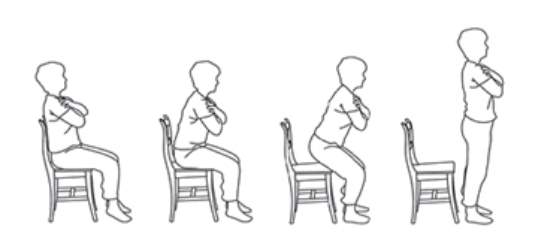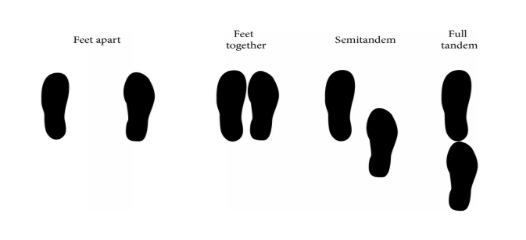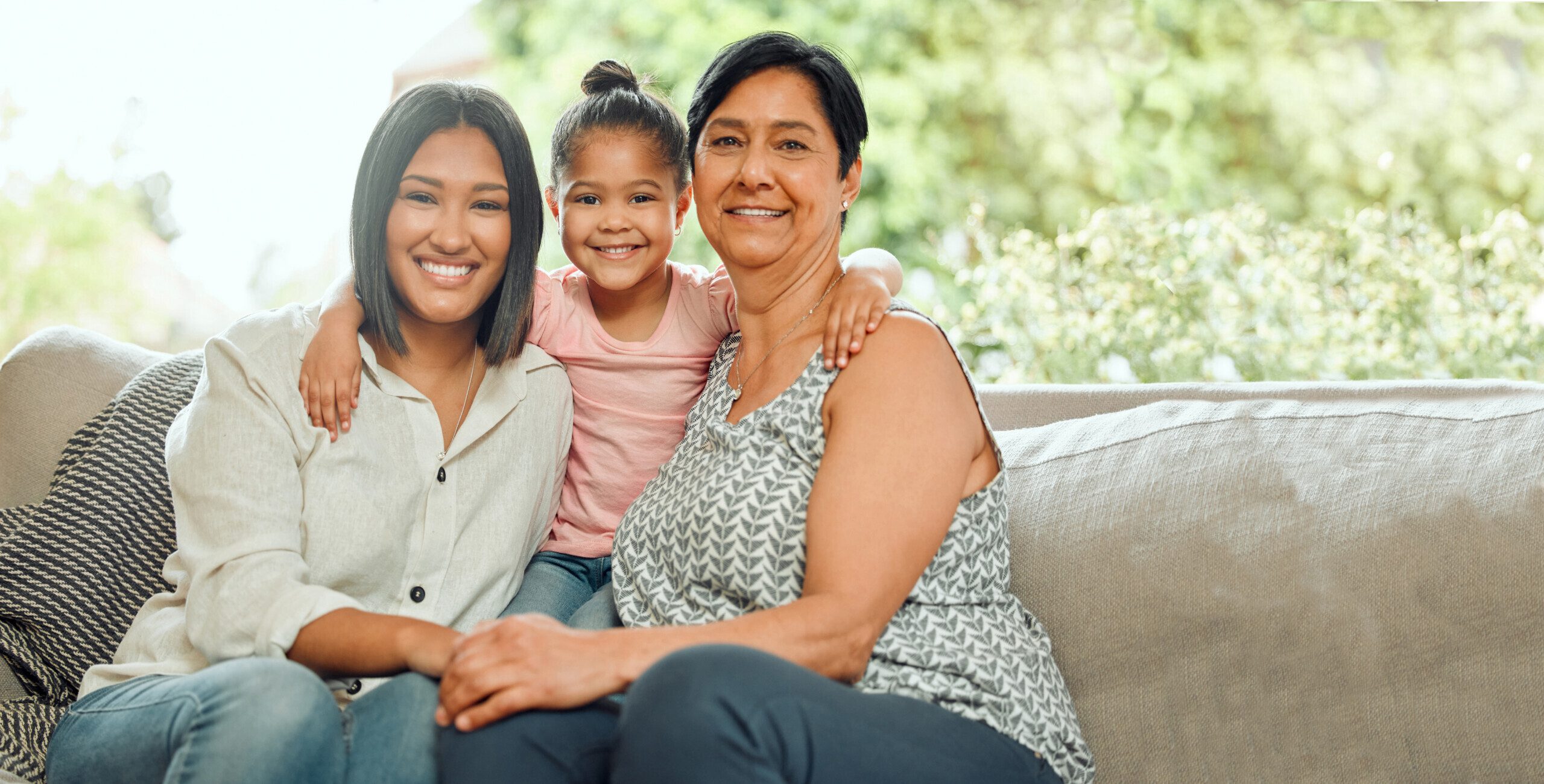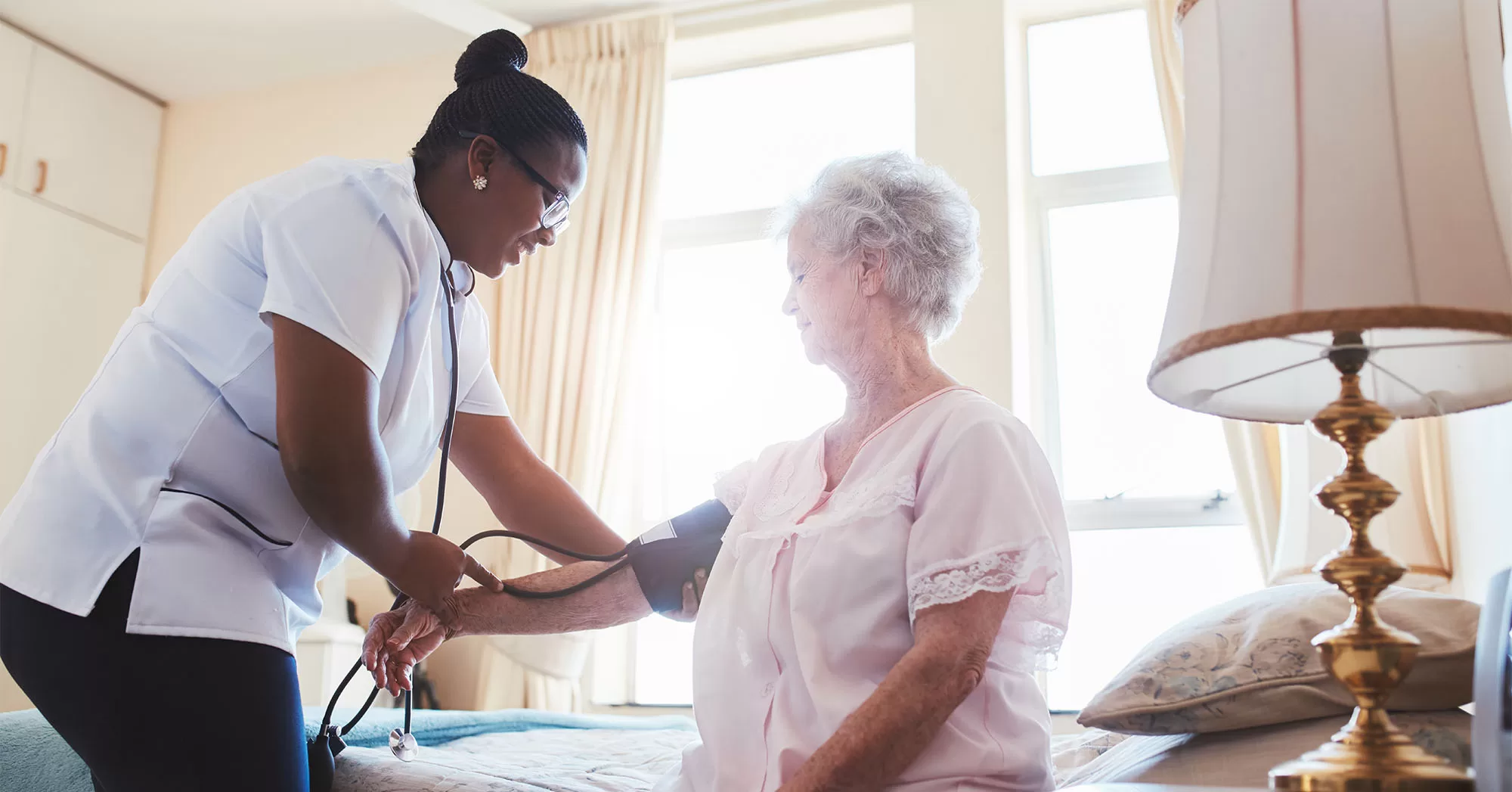Exercise is an essential part of any health regimen. “The American Heart Association recommends at least 150 minutes of moderate-intensity physical activity a week. That breaks down to at least 30 minutes per day, five times a week.” This goes for seniors as well. If you are a home health aide, family caregiver, or friend of a senior and would like to help them maintain their independence, doing these exercises together will be beneficial to you both.
The most important thing to do first is to talk to your client or family member’s doctor or visiting nurse before starting any fitness routine. The exercises below are low impact, strength, and balance building exercises and can be done every day for 15-30 minutes per day. We suggest starting with 10 minutes a day for the first week and adding 5 minutes each week if your senior is not accustomed to being mobile daily. We highly recommend caregivers do these exercises along with their client or loved one.
1. Stretching
Stretching is an important part of any exercise regimen. It is best to start and end your workout with a good hearty stretch. This helps immensely with flexibility and muscle strength and prevents most workout injuries.
How to perform: From either a sitting or standing position, start with your arms at your sides in a relaxed position. Inhale and slowly bring them up in front of you and continue over your head as you exhale. Inhale and stretch your body forward towards the floor as far as you can comfortably as you exhale. Inhale and slowly lead with your hands to bring yourself back to the upright position with your hands above your head and exhale as you bring your arms back down to your side and relax. There are many variations of stretching exercises such as raising your arms out to the sides as you raise them above your head or raising one arm at a time. You can stretch your neck by tilting your head slowly from side to side. Or you can lift your legs in front of you from a seated position, either together or individually. Stretching is the one form of exercise you can truly get creative and trigger whatever muscle you need with ease.

2. Sit-to-stand
Standing up from a chair without using your hands is a good exercise to maintain good health, fitness, and mobility
How to perform: As you rock forward and press your heels into the floor, lift your bottom off the chair. Push with your legs and come to a semi-standing position. Slowly return to the seated position. Repeat the same sit to stand movement except this time stand up straight and tall.

3. Tandem Stance
This exercise assesses balance. Performing this every day can significantly improve balance and stability to increase function and decrease the risk of falls.
How to perform: Place one foot directly in front of the other, touching heel to toe—use a sturdy chair for support if needed—progress to walking heel-to-toe. As you get better at this exercise, try it with your eyes closed to challenge yourself as you improve.

4. Farmers Walk
Walking is a must-do daily activity. It can improve your ability to perform almost any other exercise and activity. The farmer’s walk is the original “loaded carry” and the easiest to perform. You can use weights for this exercise or not; either way can be beneficial for balance and overall stamina.
How to perform: Stand tall with weights held at your sides. Keep your shoulders tight and your back straight. Take short, quick steps as you walk a set distance, which will likely be limited by the size of your room, unless you really are a farmer and have the luxury of a field. This is a great exercise to perform around a dining room table.

5. Marching in place
In the same vein, walking in place is a healthy indoor replacement for walking outdoors. This is particularly helpful during the cold winter months when going outside is not advised.
How to perform: Stand in place and lift one knee upward at a time. When placing your foot down, start with your toes first, and then roll your heel back. Continue doing this, switching from one foot to the other. Breathe in and out through your nose and swing your arms as you naturally would. You can increase this exercise by lifting your knees higher and higher as you progress.

6. Single-leg stand
This exercise has a tremendous impact on your ability to perform everyday activities that require supporting yourself on one leg at a time, such as walking and climbing stairs.
How to perform: Stand tall with both feet together. Slowly lift your right foot off of the floor so that you are now standing on your left foot. To make the exercise more challenging, you can raise your arms to shoulder height.

7. Wall push-ups
This variation of the traditional push-up is made easy for anyone to perform. They are beneficial for upper body strength such as arms, chest, shoulders, and upper back muscles. Upper body strength is essential for lifting activities and reaching items overhead.
How to perform: Stand up straight with your legs at hip-width apart and arm’s length facing a sturdy wall. Place both hands firmly against the wall in front of you at shoulder height and width apart. Take a deep breath in and as you exhale slowly lean your chest into the wall while bending your elbows at your sides. Inhale as you push yourself back into a standing position. You can start by doing five repetitions of this, three times a day, with a break in between. Work your way up to about 15 repetitions at a time.

The seven exercises above are for individuals of all fitness levels and safe for seniors who are not regularly active. However, if you believe your client or loved one is in good shape and would like to add to their improved overall health, we suggest you speak to their doctor about starting a yoga practice; pilates workouts; strength and aerobic routines; or hiring a personal trainer. All these can be done in the home and with the assistance of a caregiver. Not only will you be providing your client or loved one with a way to stay fit and healthy, joining them will help you build a strong relationship with your client.









